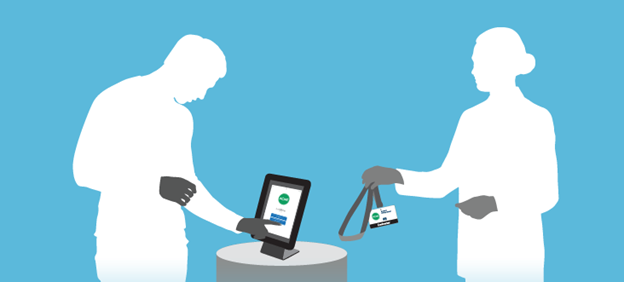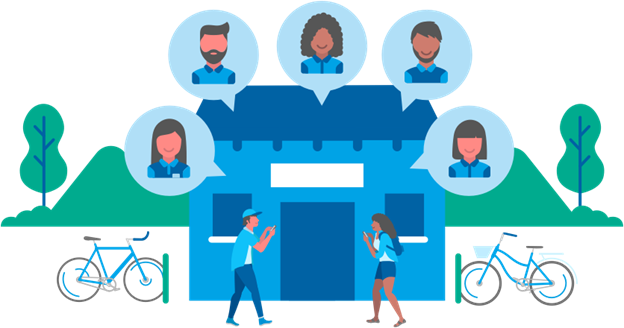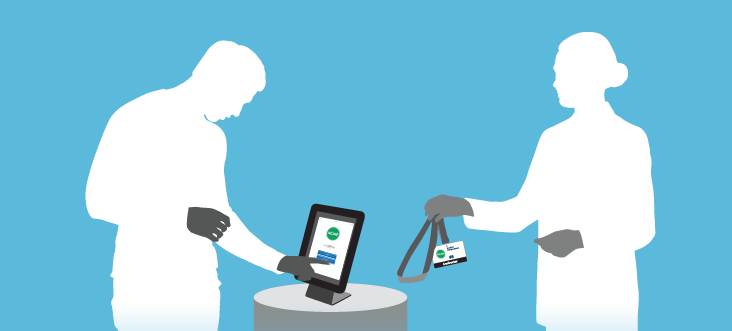
Risk management strategies generally include different methods, as you can see below. https://vettedvisitormanagement.com/ recommends transferring risks to another party. For example, when joint actions are organized in the protected area with another entity, the liability for risks may be transferred from the administration to the other party through the contracts concluded. For mountain trails where there are rescue teams in charge of maintenance, routes and actions to rescue injured persons, the protected area administrator can transfer partial or total risks to the rescue team.
To avoid risk, managing routes so as to increase safety. This can be done by means of the necessary safety measures (barriers, balustrades, stable surface, etc.) and through carefully selecting the route of the route, or by providing clear information about the risks and how they can avoid. Read more here.
You can reduce the negative or risk probability, for example, installation of snow fences to prevent snow accumulation and avalanche formation may reduce the probability of avalanches occurring in a certain area for reducing the risk of avalanches on a particular route, the protected area administrator may request artificially producing an avalanche.
The risk assumed
Example: (a) In an area devoted to experiences of pure and wild nature, the experience of a the visitor may be negatively affected if the area is wired with infrastructure, so in such a way there must be fewer safety features and we have to rely on one measure the reason and acceptance of the user and the risk of accidents must be accepted; (b) acceptance of a certain level of risk in order to preserve the unaltered nature of the natural environment even on routes for less experienced users (e.g., thematic routes), avoidance placing a large number of safety features on these routes.
See all about it: https://searchcompliance.techtarget.com/definition/risk-avoidance
It is recommended that the administration of the protected area develops a written policy that includes risk assessment and management. The planning team will carefully analyze how serious they might be dangers and determine the degree of safety measures required. However, the measures adopted must either adapted to the visitor’s capacity and recreation zoning.

Some possible practical measures are mentioned below:
- informing visitors about existing risks and dangers and measures precautions to take while visiting the protected area. This can be done either prior to the visit (e.g. on the Protected Site page) or at the beginning of their program visiting the protected area;
- Concluding an appropriate civil liability insurance and claim concessionaries to enter into such insurance;
- Periodic checking of installations and ensuring a high standard of maintenance;
- Ensure the availability and use of appropriate safety equipment activities carried out;
- Training of employees on basic first aid measures;
- Formal agreement with existing rescue crews and maintenance of one good cooperation with them (beyond the formal agreement);
- Contribution to maintaining first aid points in the protected area if they are managed by other entities.
Check this out: https://simplicable.com/new/risk-avoidance
Identify Major Hazards Related to Site Visiting
Developing safety for each zone according to the main categories of users and the main features of the area should be a priority. Integrating actions related to security measures specific to each recreation areas in the visitor management action plan.

Visitor Management Issues: Impact and Solutions
Below are some common issues related to visitor management and possible solutions are proposed:
1. Damage to paths: widening paths, trench formation, shortcuts. Routes are constantly pressurized either by users (e.g., training shortcuts that subsequently lead to erosion) and / or weather-related hazards (e.g. storm water drainage generates erosion and the appearance of deep grooves).
Solutions: Appropriate initial design of the route, including the planning of an appropriate configuration, with normal slopes, rainwater drainage and maintenance of the right slope of the trail, monitoring appropriate and regular maintenance. In some cases, temporary closure may be required route.
2. Vandalism: Damage to signs, information and interpretation panels, scratching or even removing some pieces from the structure of wooden panels, banks, etc.
Solutions: taking into consideration the risk of vandalism and the production of structures in the more copies; if the structures are vandalized, they must be removed immediate; field monitoring by rangers; educational programs. A clean and well-maintained place has more chances to be less vandalized.










![Watch Video Now on xiaohongshu.com [以色列Elevatione perfectio X美容仪 perfectio X 全新仪器黑科技了解下]](https://www.techburgeon.com/wp-content/uploads/2019/07/perfectiox-singapore-150x150.jpg)
